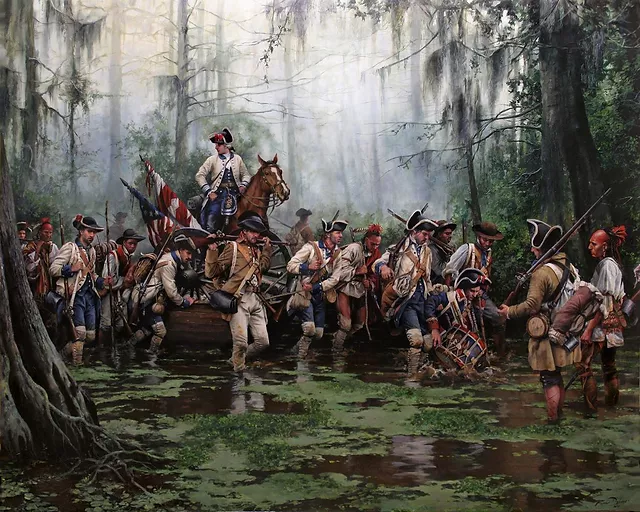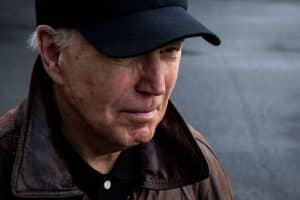Since the mid-1970s, D.C.’s Memorial Park has been governed by an equestrian statue honoring Spaniard Bernardo de Galvez. Many people don’t understand why. Three crucial elements of the American revolutionaries’ success were provided by Spain: money, arms, and brave men. Bernardo de Galvez was 33 years old when he led an attack on Pensacola in Florida. This assault brought down the English and strengthened the American rebels.
Spain has seen pro-American governments like Jose Maria Aznar and anti-American governments such as Jose Luis Rodriguez Zapatero’s. There have also been irrelevant governments, such as the current social-communist one headed by Pedro Sanchez. To protest George W. Bush’s invasion of Iraq, Zapatero decided that it was a good idea for him to stand before the American flag at the Parade of the Armed Forces of Spain’s National Day 2004. He believed that disrespecting the flag was only disrespecting the president and not the 300 million Americans. The truth is the friendship between Spain, the United States, and other countries are deeper than the stupidity and incompetence of some of their leaders. As far as independence, there are bonds of brotherhood that our forefathers have woven that we should never forget.
The Congress of Philadelphia sent four emissaries to the world at the start of the Revolutionary War: John Adams to Holland and Benjamin Franklin to France. Arthur Lee and John Jay went to Spain. While the French made their contribution quickly, the Spanish secretly supported independence and sent Spanish dollars to Spain. They also delivered the first foreign arms the Americans would receive in exchange for their liberation to Marblehead, Massachusetts. The secret shipment of cannons and mortars to George Washington’s army by the Count of Aranda (Spanish ambassador in Paris), made possible the Battle of Saratoga, which was the first victory of rebels. As you all know, the French and Spanish joined the fight against England shortly after.
Bernardo de Galvez, then governor of La Louisiana, supported the rebels in America with supplies. The English were furious, as it was much easier to make an Englishman angry back then. They planned to invade La Louisiana. Galvez, a brilliant strategist, decided to attack the English positions at Baton Rouge and knew that the Mississippi’s dominion would be crucial in the war. In 1780, a water highway was built, allowing rebels to supply.
Galvez was ambitious, and he wanted more. Galvez decided to save La Florida for Spain. He was not able to handle the task. From the moment he planned it to the day he achieved it, it took several months. This was because the Spanish commanders in Havana who were to go with him considered it insane to cross Pensacola. England had a crossing line that would have the Spanish fleet leave like the Titanic in less than an hour. Galvez had convinced his people. Calvo de Irazabal, the chief of the Spanish naval force, sent an order to stop the assault when a lot of English gunfire hit his flagship.
Galvez, far from surrendering like a Spaniard, boarded the ship Galveztown, a gift from the Americans, and hurled himself against Pensacola alone. A little humor, first: Galvez sent Calvo a messenger carrying an English cannonball and a note saying: “This is the same as the ones handed out at the entrance.” Follow me, anyone with courage and honor. Galveston will lead the way to remove your fear. Galvez crossed the barrier of fire undetected, being followed by the rest. This led to the surrender of the English and the fall of Florida. It was May 9, 1781. It was a great day for the United States. The American rebels saw their combat front reduce, and the English fell into deep sadness.
The Spanish Crown delivered thousands of silver pesos from Havana, which was used to pay Washington’s back wages months later. This allowed Washington’s army to fight at Yorktown. The memoirs of Count Rochambeau, the treasurer who delivered the money, mention a strange fact: the weight of the Spanish coins broke the floor of their Williamsburg home. Robert Morris, American Revolution’s financier, received the dough in September. He was able to pay Washington’s soldiers, who hadn’t seen a penny since the start of that campaign.
While it might not be the most significant contribution of Spaniards, they also sent a donkey during the Revolutionary period to the United States. Spain was known for its donkeys, and we still have them. General Washington, the Spanish ambassador to the United States, commented to Diego de Gardoqui that he needed to improve his breeding of mules for Mount Vernon. King Charles III of Spain was informed about the matter and decided to send two donkeys as an individual gift. Unfortunately, one of the donkeys died halfway through its journey. However, Washington improved the breeding of these animals by bringing in the other donkey in December 1795.
Although the West’s heroic past is being erased by the left today, many others are still trying to preserve it. Galvez was the main character in an exhibit at the Spanish Naval Museum about the Spanish Navy’s involvement in the American War of Independence. I applaud the Unveiling Memory project, an initiative by electric company Iberdrola, which has taken exhibitions and displays about Spain’s contributions to America’s independence to museums throughout the United States. Conservatives should spend their days restoring statues and heroes in times of diminishing popularity.









